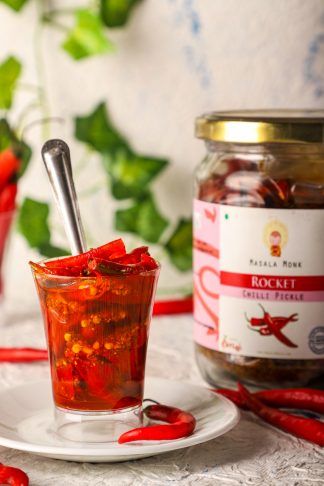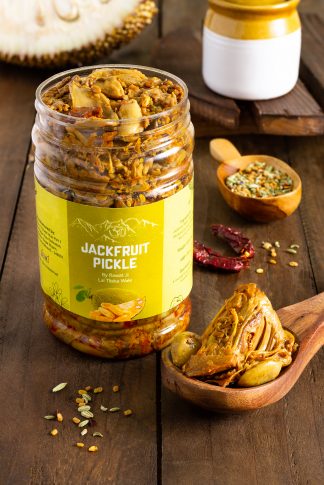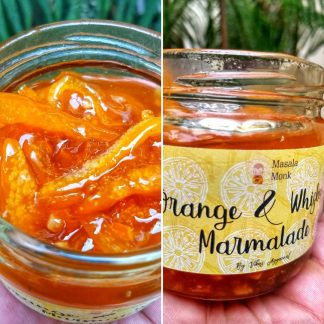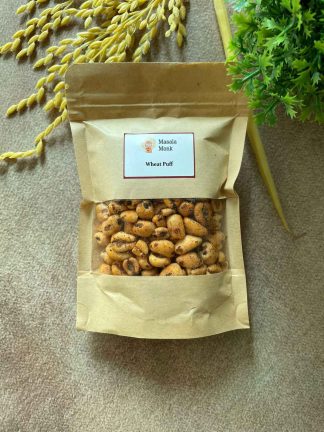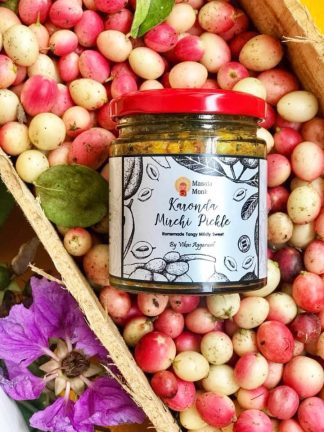
Hello everyone! Today, we’re diving into the refreshing world of lemon water.🍋💧 Specifically, we’re going to explore the pros and cons of starting your day with a glass of this citrus-infused beverage. We’ve all heard the hype – but let’s separate the pith from the zest and find out what’s really going on!
Why You Should Say ‘Yes’ to Morning Lemon Water 🥂🌞
Lemon water is a beloved morning ritual for many, and for good reason. Here are the top five benefits that may encourage you to incorporate it into your routine:
- Hydrating Hello to the Day 💦⏰: After a long night’s sleep, your body is naturally dehydrated. Starting your day with a glass of lemon water is a wonderful way to hydrate and wake up your body. Think of it as a rejuvenating, natural alarm clock for your cells!
- Vitamin C Supercharge 🍋💪: Lemons are rich in Vitamin C, a potent antioxidant that combats free radicals, protects your skin, and bolsters your immune system. Kick-starting your morning with lemon water means getting a vitamin C boost right off the bat!
- Aid to Your Digestive System 🔄🍽: Lemon water is believed to stimulate the production of bile and thus aid digestion. It’s also thought to cleanse the liver and improve nutrient absorption. A happier gut means a happier you!
- Weight Management Ally ⚖️🏃♀️: Some research suggests that the soluble fiber found in lemons can help you feel full and satisfied, possibly aiding in weight management. A glass of lemon water could be the perfect addition to your weight management toolkit.
- Natural Breath Freshener 🌬️🍋: Finally, the citric acid in lemons can kill the bacteria that cause bad breath. Say goodbye to morning breath, and hello to fresh, citrusy smiles!
The ‘Not-So-Sunny’ Side of Morning Lemon Water 🌧️🍋
As invigorating as morning lemon water can be, it isn’t for everyone. Here are some reasons you might want to skip it:
- Tooth Enamel Troubles 😬🚫: Lemon water is acidic, which can lead to enamel erosion over time. This can result in dental issues like sensitivity and cavities. If you’re keen on lemon water, consider drinking it through a straw to minimize contact with your teeth.
- Heartburn or Acid Reflux Risk 🔥⬆️: If you’re prone to acid reflux or heartburn, the acidity of lemon water may exacerbate these conditions. Remember, it’s always crucial to listen to your body and respect its signals.
- Allergies or Intolerance 🍋🤧: Some people have allergies or intolerance to citrus fruits. If this sounds like you, lemon water could lead to an adverse reaction or digestive problems.
- Possible Stomach Discomfort 🍋🤢: The acid content of lemons can potentially irritate your stomach, causing discomfort, especially if consumed on an empty stomach.
- Medication Interference 💊🍋: Lemon water can interact negatively with certain medications like antacids or some cold medications. If you’re on medication, consult with your healthcare provider before adding lemon water to your morning routine.
Conclusion
Like many health trends, the benefits and drawbacks of morning lemon water can vary greatly from person to person. 🍋💧🔄 Always remember, what works for one person might not work for another.
If you’re thinking about adding lemon water to your morning routine, we suggest taking it slow and observing how your body reacts. 😌⏳ Remember to seek advice from a healthcare professional if you’re unsure about making dietary changes, especially if you’re managing a health condition or taking medication.
Here’s to finding the best morning routine for YOU and your unique needs! 🥂🌅 Cheers!
Stay healthy, stay hydrated, and remember, life is a journey – let’s embrace it, one glass of lemon water (or not) at a time! 😉💖🚀






